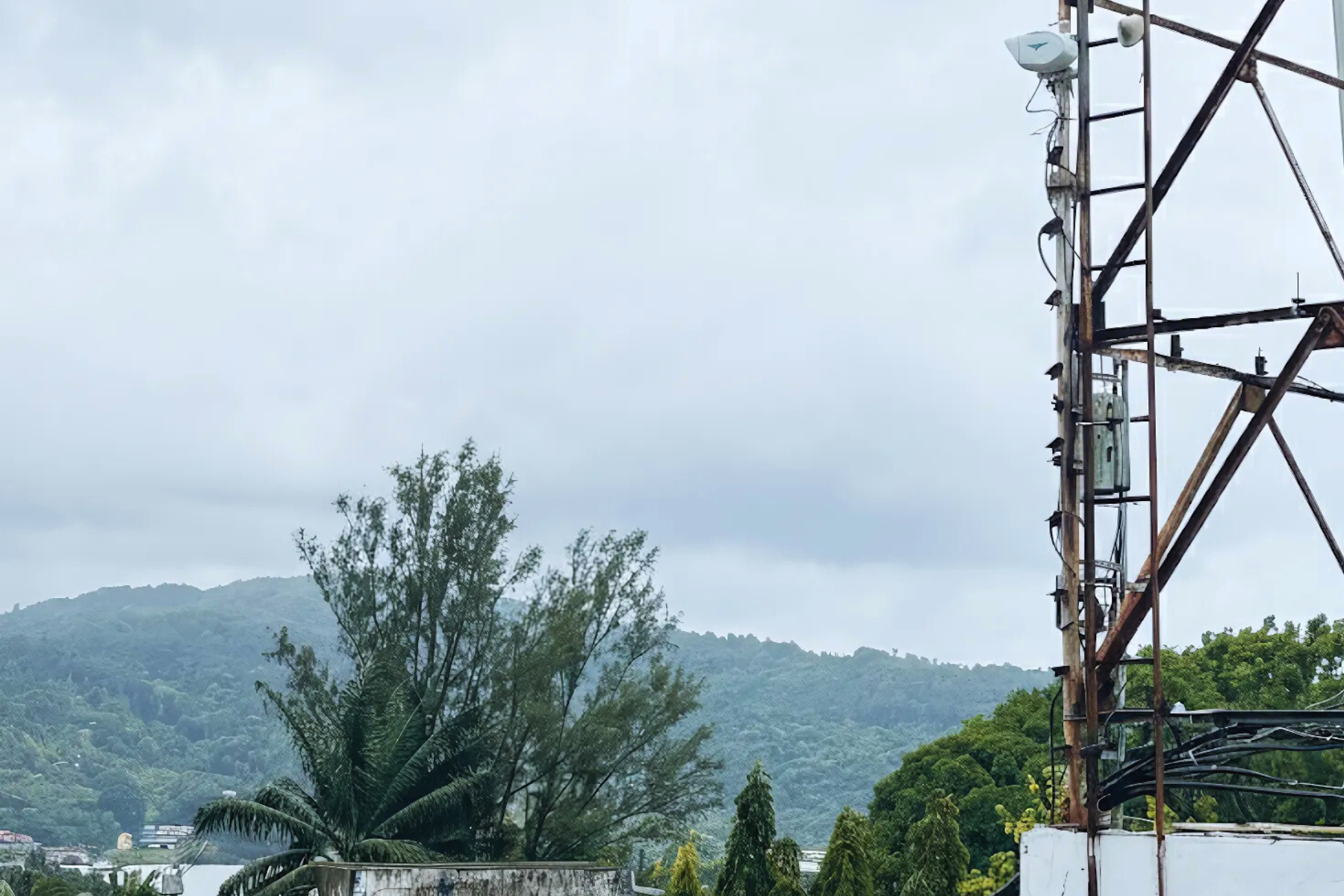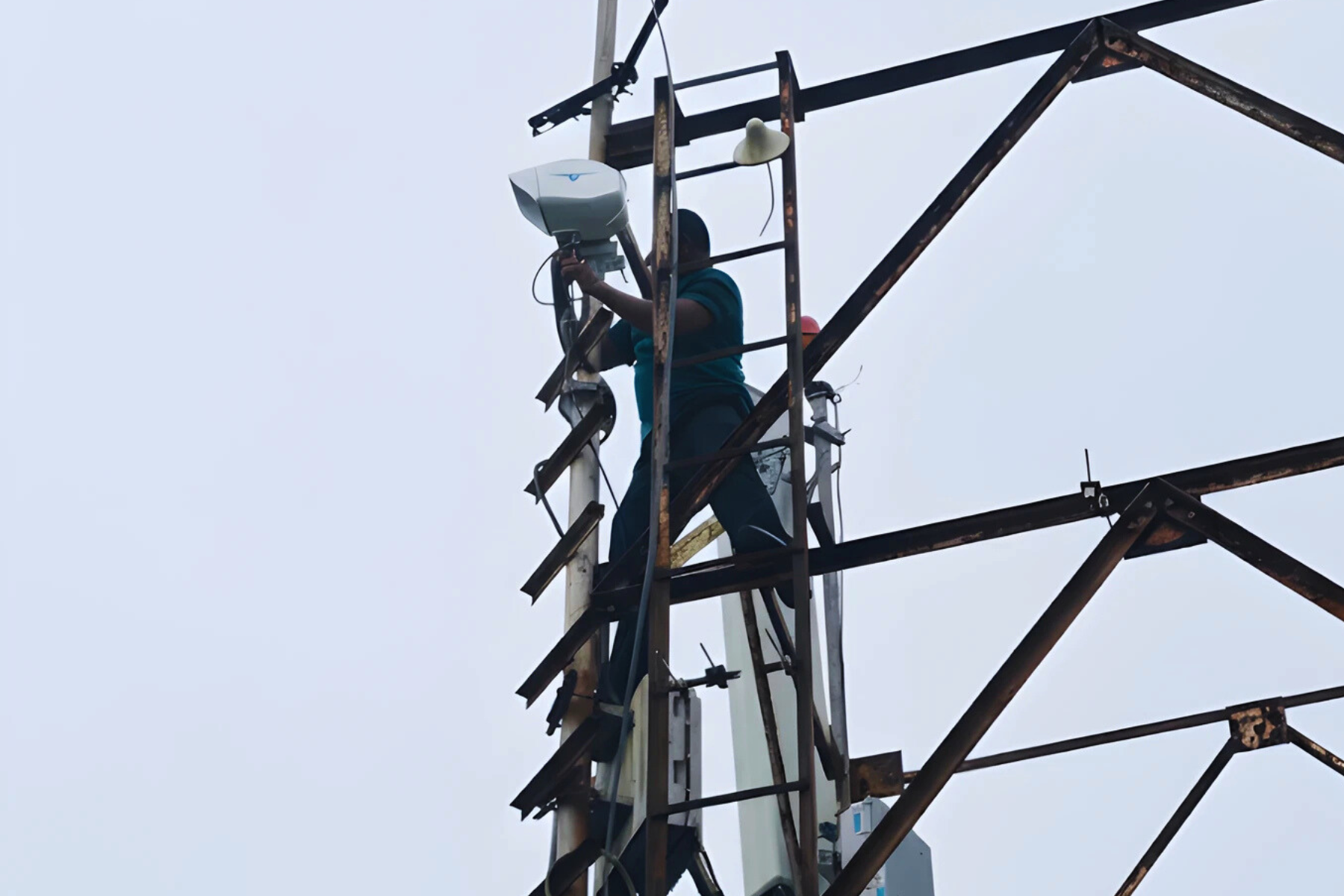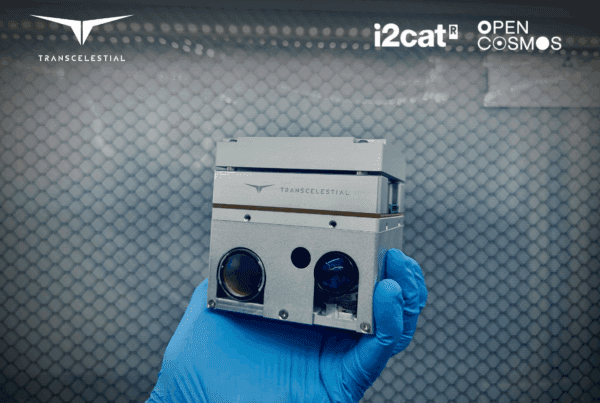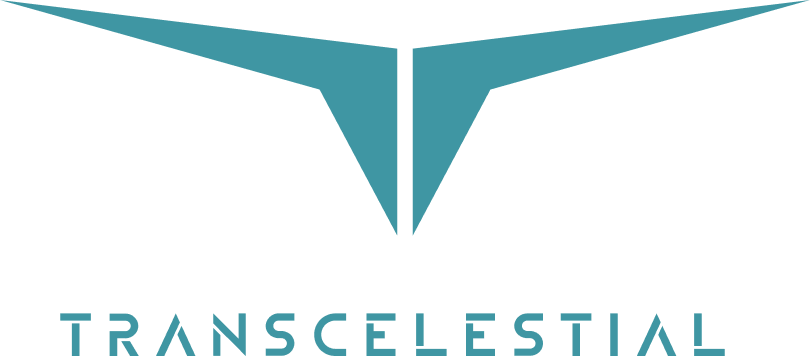A successful live deployment in India’s remotest islands sends a powerful message to regional and national telcos: lasercomms is ready for prime time telecom use case for Indian Market.

In June 2025, BSNL (Bharat Sanchar Nigam Limited), India’s largest government-owned-wireless telecom provider for rural and underserved areas, ran a laser communications (“lasercomms”) trial that could reshape backhaul strategies across the country.
Deployed between two key sites in the Andaman Islands, Transcelestial’s CENTAURI system proved it could deliver fiber-grade throughput in one of India’s most logistically challenging terrains. We call it Wireless Fiber Optics. The setup took a record breaking less than four hours, compared to traditional solutions like RF or Fiber. The link ran production traffic with negligible bit errors, surviving terrible rains.
For telcos facing similar roll-out challenges, from within island connectivity to island crossings to urban campuses, BSNL’s pilot is more than a proof of concept. It reinforces what various telcos have been living and breathing with – a robust connectivity technology that is spectrum-free, wireless, highly secure and matches fiber in speeds and exceeds fiber in ROI.
The Context: A High-Risk Island Route
Port Blair’s Haddo Jetty and Shore Point are more than remote sites, They serve tens of thousands of residents. But connecting them via underground fiber is costly, complex, and often delayed due to permits or geography.
BSNL’s trial aimed to test whether lasercomms could serve as a viable alternative. For both island backhaul and as a flexible layer in India’s broader network architecture.
Live in Hours, Not Months
In peak monsoon season, Transcelestial’s team installed a 2.6 km CENTAURI link across the two sites. The entire deployment from setup to alignment was completed in under four hours.
Once activated, the system underwent:
- Continuous 44-hour performance testing (including rainy periods)
- Integration into BSNL’s core network
- Cutover to live production traffic across 4G Bands 1 and 28

The Numbers:
During the 44-hour test:
- Throughput: 999.96 Mbps
- Latency: 18.9 µs
- BER (Bit Error Rate): < 1×10⁻⁸ (well below acceptable limits)
- FLR (Frame Loss Rate): 3.3×10⁻⁶
And during live traffic:
- 4G Band 28 downlink reached 2.73 Mbps
- eNodeB metrics showed stable performance through the test period
Why This Matters for Telcos Nationwide
BSNL’s validation opens doors, especially for operators facing fiber delays or remote deployment challenges. CENTAURI is emerging as a field-proven option for:
- Last-mile rural LTE and 5G
- Island-to-island backhaul
- Disaster recovery zones
- Campus connectivity for hospitals, ports, and universities
- Low-impact infra upgrades in dense urban areas
Lasercomms is faster to deploy. AND it’s lighter on permitting, immune to trenching issues, and ideal for time-sensitive or politically complex rollouts.
Looking Ahead
Following the success of this deployment, BSNL is exploring similar laser backhaul use cases across underserved regions. Today, transcelestial is also building on this traction with partners in the Caribbean and Southeast Asia on multi-island rollouts signaling global momentum for fiberless infrastructure.
Want to explore lasercomms for your network?
Reach out to Transcelestial’s regional team at https://transcelestial.com/book or learn more at https://transcelestial.com/news





